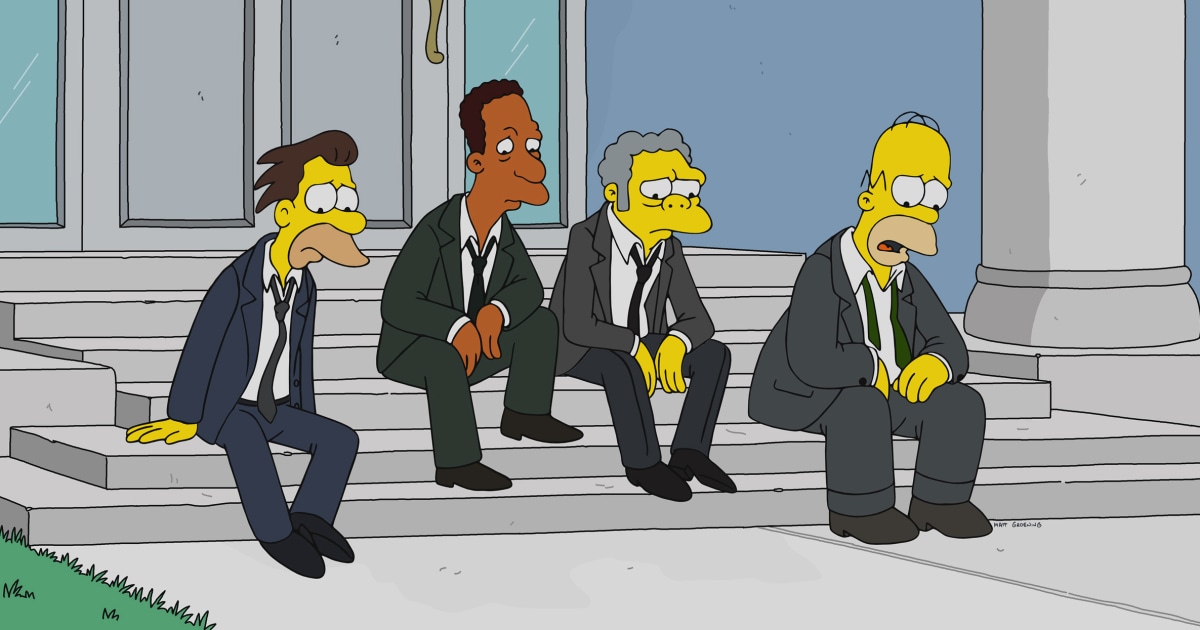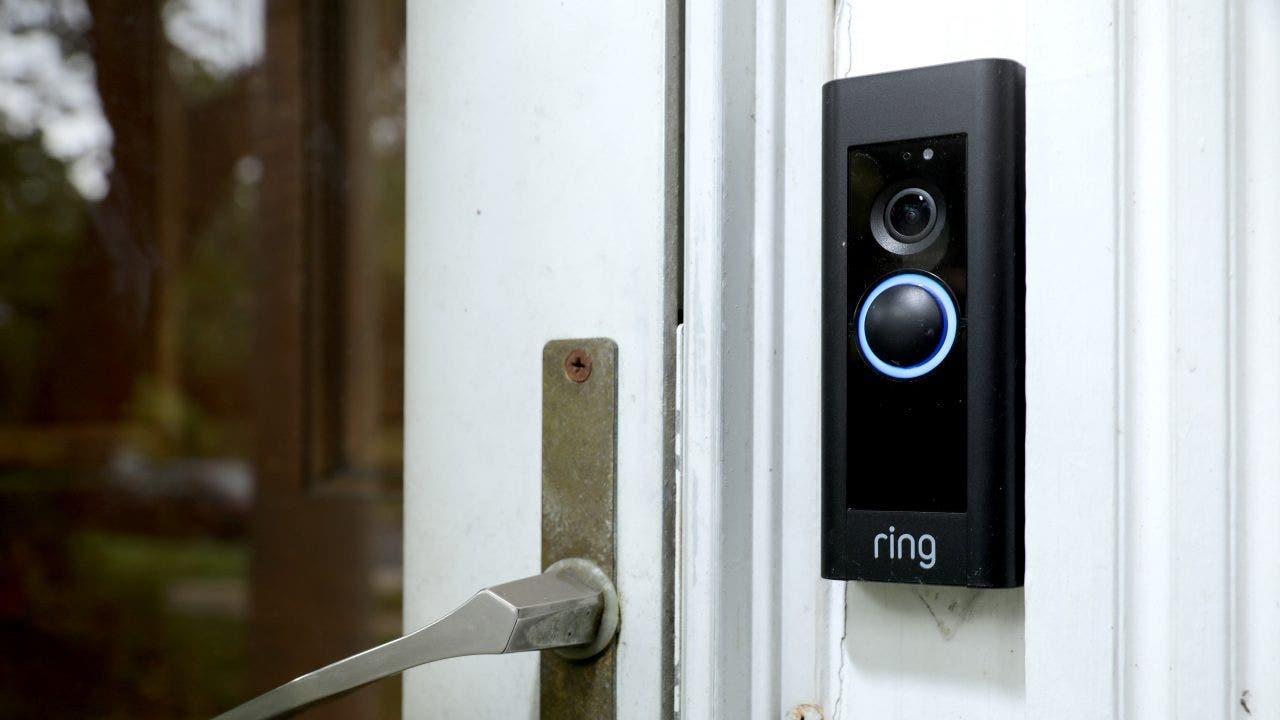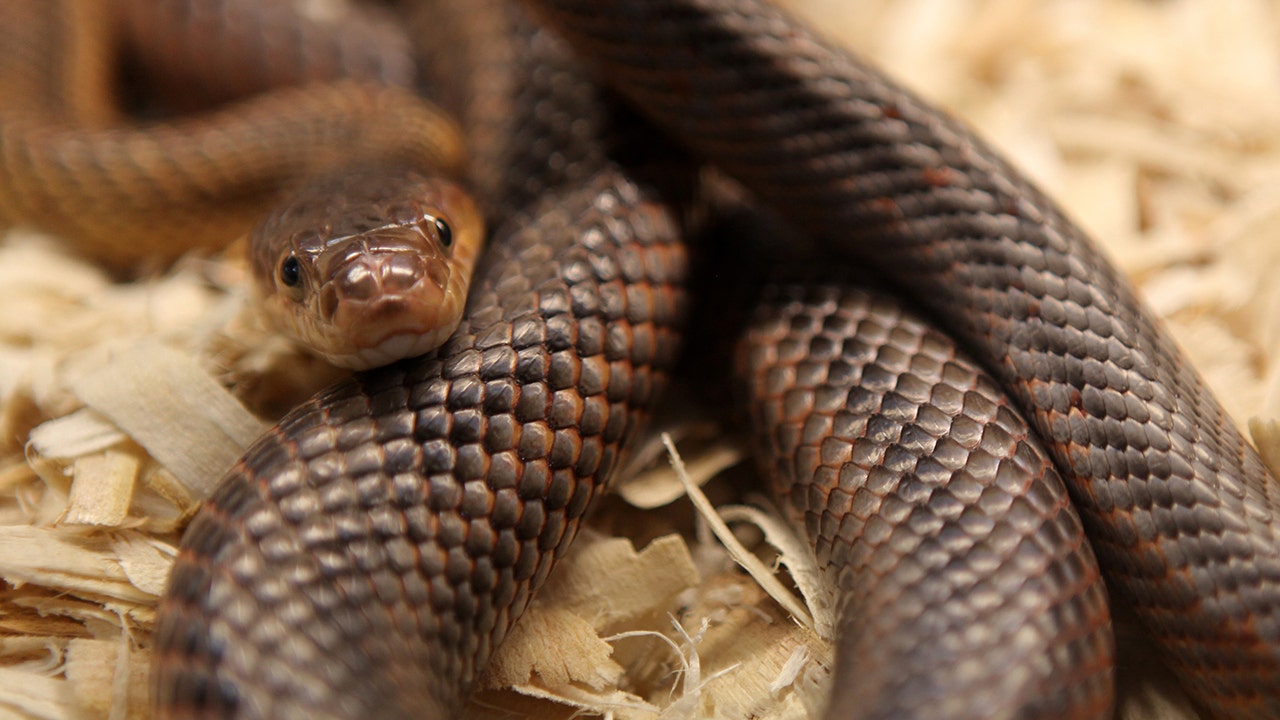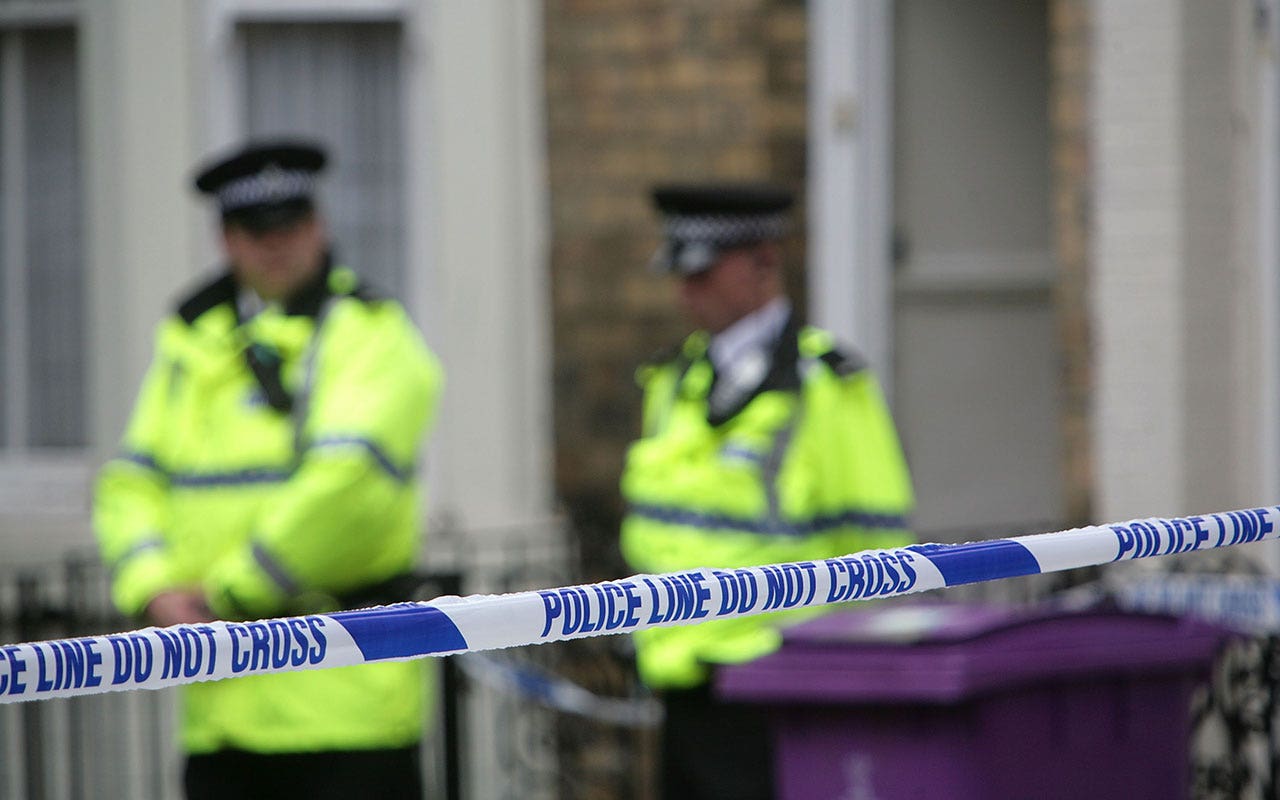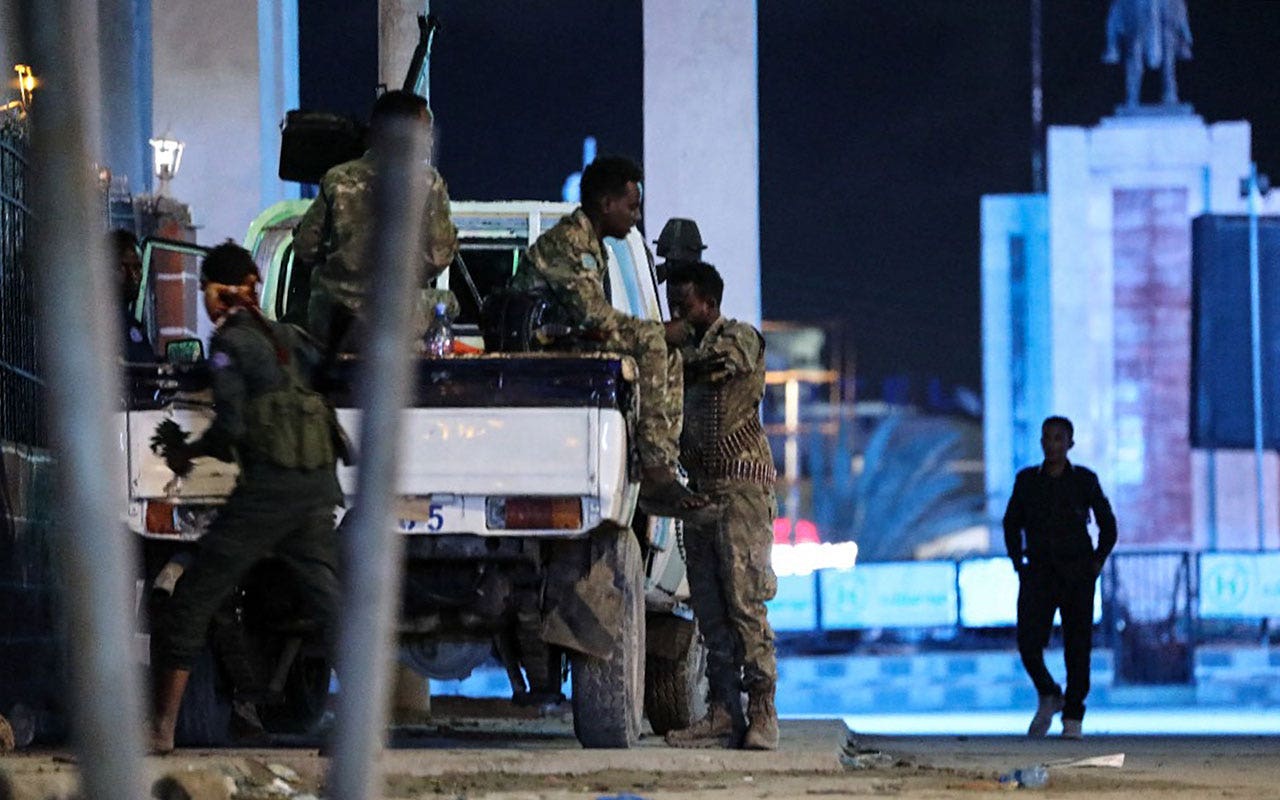An Australian hospital urged snakebite victims to stop trying to catch the slithery culprits when seeking medical attention after one patient came in carrying a serpent in a loosely locked box.
“We honestly don’t want people interacting with snakes any more than they already have,” Dr. Adam Michael, director of emergency medicine at Bundaberg Hospital near Brisbane, told the Australian Broadcast Company. “Any attempts to either get close to a snake to catch or to kill, or to photograph the snake, just puts people at risk.”
About 3,000 people suffer suspected snakebites each year in Australia, according to the National Institutes of Health. Only between 100 and 200 cases end up requiring anti-venom.
OSTRICH AT KANSAS ZOO HAS DIED AFTER SWALLING KEYS BELONGING TO ZOO EMPLOYEE
Michael related how one victim brought an eastern brown snake with them, carrying the serpent in a plastic food container that was “not very well secured.” The snake tried to get out, which ended up frightening hospital staff.
He also cited examples of patients bringing in snakes contained in plastic bags and even less-secured plastic containers. The hospital then had to pay for the snakes to be relocated to the wild.
VIDEO SHOWS FLORIDA AUTHORITIES WRANGLE ALLIGATOR THAT WANDERED ONTO AIR FORCE BASE TARMAC
“We want people to be able to get seen and assessed quickly and having a live snake in the department slows up that process,” Michael said, assuring that doctors do not need to see and identify the snake in order to treat poisonous bites.
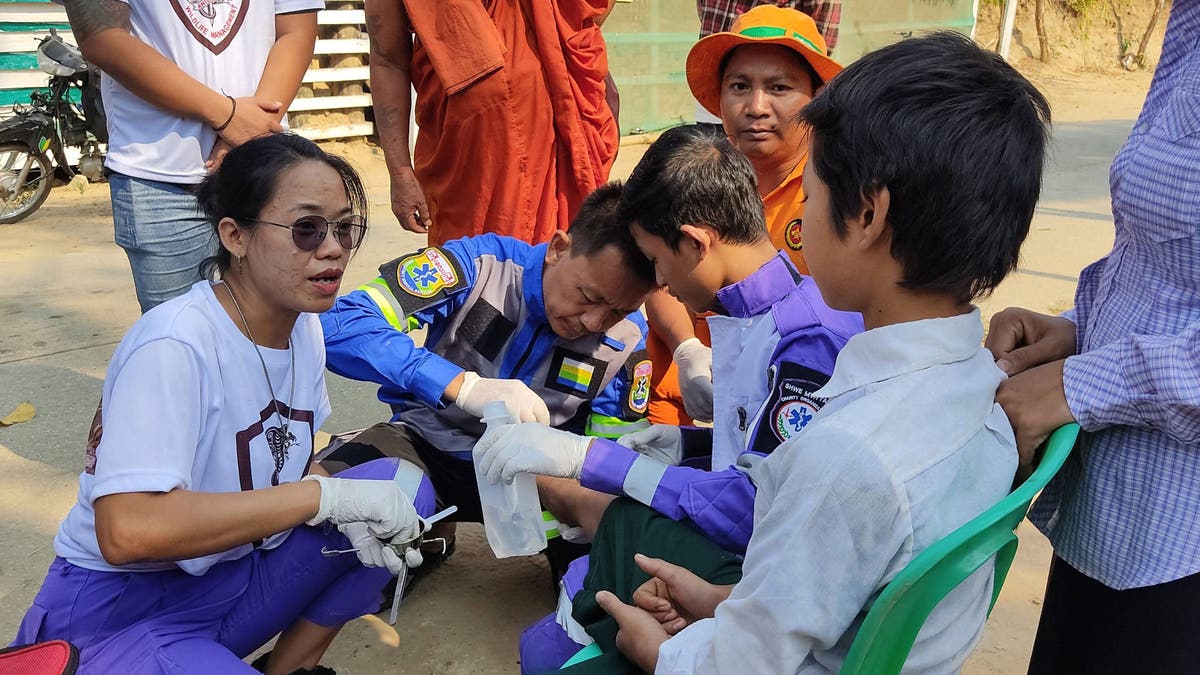
“We can determine if you need anti-venom and if so, what anti-venom you need based on clinical signs, blood tests and also the snake venom detection kits that we keep here at the hospital,” Michael stressed. “We’re actually not trained to identify snakes, and so it’s not helpful. It just puts the staff at risk as well as yourself.”
BIRD RESCUE RESULTS IN CATCH OF LOUD, SQUAWKING PEACOCK THAT SPENT MONTHS ON THE RUN
Instead, Michael asked patients to focus on their wound and receiving treatment: Stay calm, avoid cleaning the affected area and apply firm pressure while seeking medical attention as soon as possible, according to The Guardian.
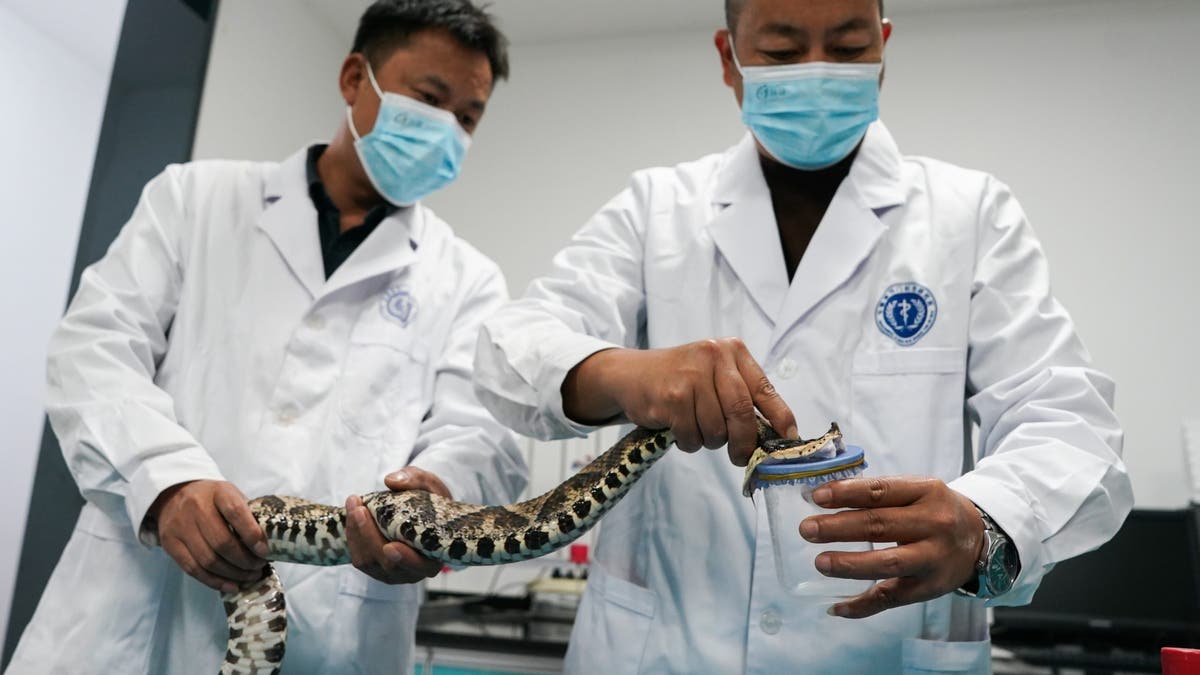
The Wide Bay Hospital & Health Service, which oversees operations of the Bundaberg Hospital, posted further guidelines on Facebook: Avoid washing the area, firmly bandage it, immobilize the limb to slow the spread of venom, mark the bandage to show where the bite is and continue to hold pressure – tight enough to slow the spread but not enough to cut off circulation.
“Applying a tourniquet, cutting the wound, sucking the venom or bringing the snake with you to emergency are not recommended,” the post warned. “We understand that being bitten by a snake is scary, but all facilities across our health service hold stocks of polyvalent and are well-prepared to treat snake bites.”
Read the full article here

